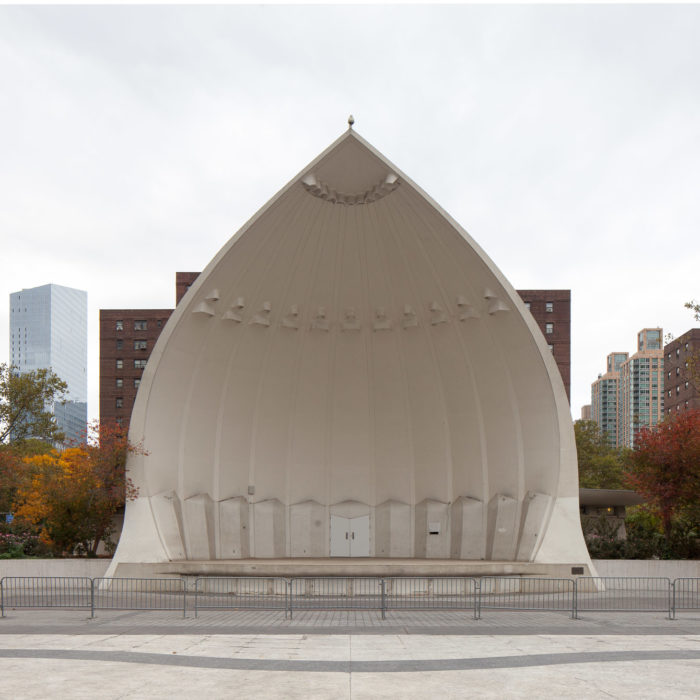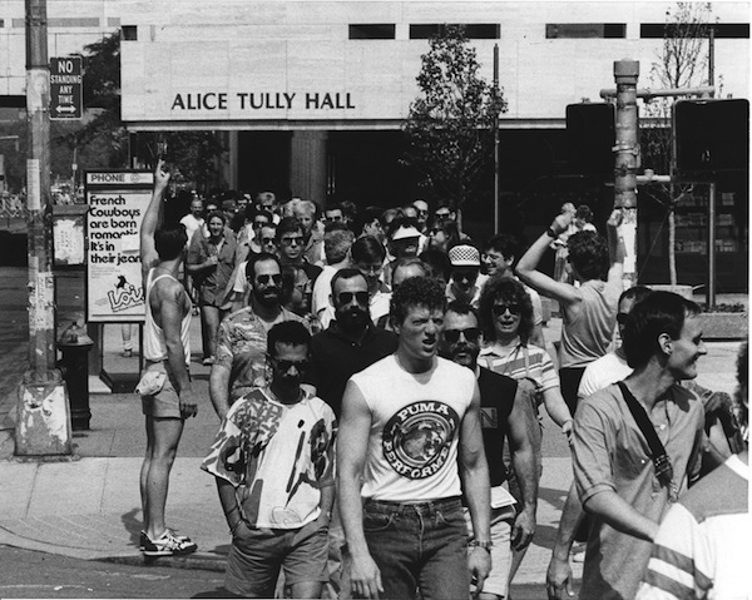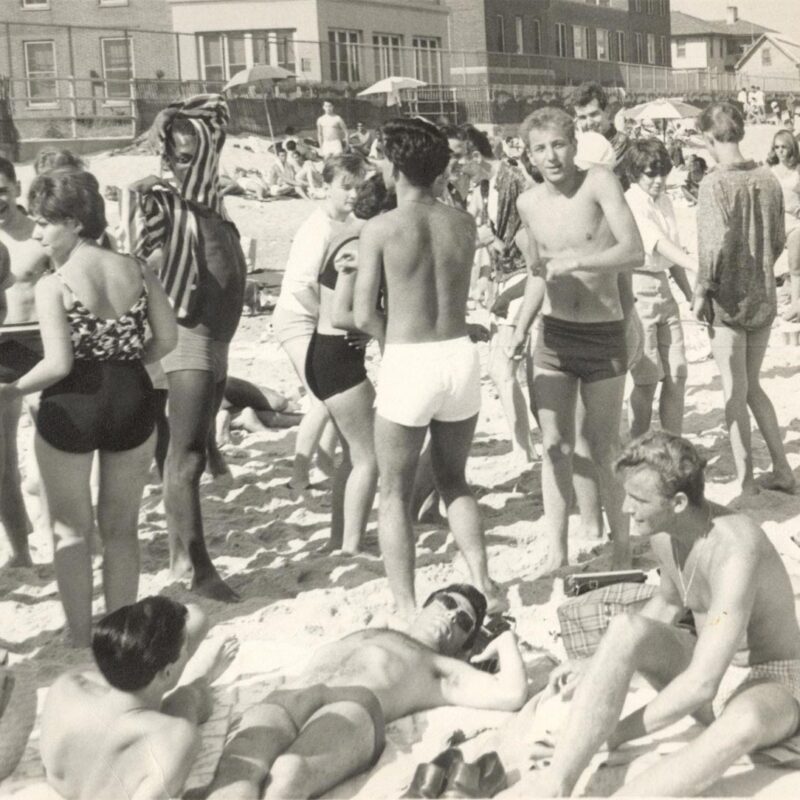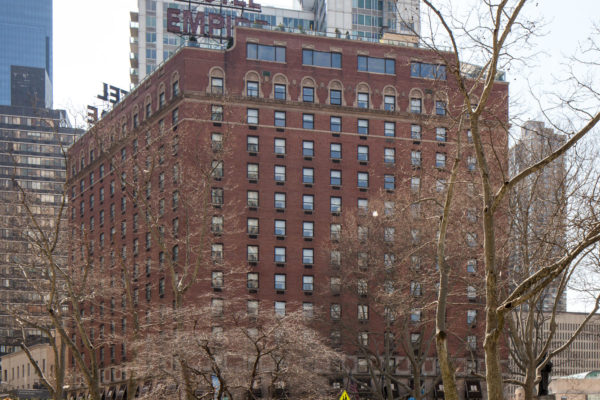
Lincoln Center: Damrosch Park
overview
The outdoor performance space at the southwest corner of Lincoln Center has served New York City since its opening in 1969.
Importantly, in 1986, it hosted the first-ever AIDS Walk New York, a Gay Men’s Health Crisis-sponsored event that has since become the largest single-day AIDS fundraiser in the world.
On the Map
VIEW The Full MapHistory
Damrosch Park, which includes the Guggenheim Bandshell, is located at the southwest corner of the Lincoln Center complex at 62nd Street (the complex includes the Metropolitan Opera House, the New York State Theater (now the David H. Koch Theater), and Philharmonic Hall (later Avery Fisher Hall and now David Geffen Hall)). It has served as an outdoor performance space since it opened in 1969 and is named after the Damrosch family, many of whom were musicians.
The site is also significant for its association with AIDS activism. In 1981, the first cases of what would later be known as AIDS were reported, predominantly among gay men in New York and San Francisco. Despite its devastating impact on the lives of thousands of people, President Ronald Reagan notoriously did not mention the word “AIDS” until a reporter asked him about it in 1985. Even so, his first major public speech on the crisis did not occur until 1987.
Inaction across the political spectrum as well as public stigma towards homosexuality (and, by association, towards AIDS) led to the formation of several AIDS activist groups in the 1980s. The first one to form was the Gay Men’s Health Crisis (GMHC) in 1981. Craig R. Miller, a 26-year-old New Yorker, founded the city’s first AIDS Walk in 1986 as a benefit for GMHC, which was also the event’s sponsor. By this year, according to the organization, AIDS had infected 32,000 people in the United States and led to the deaths of 16,300 others.
We all know that for years the Reagan-Bush administration has been very, very slow in responding to this problem, so the burden really has been largely upon the gay community … to educate the public about AIDS prevention and to raise the funds needed to care for people with AIDS, and also, very importantly, to lobby our state and federal governments to increase their response to this epidemic.
On Saturday, May 18, 1986, the day of the first AIDS Walk, six-thousand people filled the temporary seating in front of the bandshell at Damrosch Park. Musician Peter Allen — who, six years later, at age 48, would die of AIDS-related causes — performed at the event. Following a rally, 4,500 people participated in the Walk, which took place on the nearby streets of the Upper West Side. A total of $710,000 was raised. In 1987, after the second AIDS Walk, Miller told the New York Times that the event raised about a quarter of GMHC’s annual budget. In continuous operation since 1986, AIDS Walk New York has raised nearly $150 million and, according to its website, “is the largest single-day AIDS fundraising event in the world.” Its route now begins in Central Park.
Entry by Amanda Davis, project manager (May 2019).
NOTE: Names above in bold indicate LGBT people.
Building Information
- Architect or Builder: Damrosch Park: Darling, Innocenti, and Ebel (NYC Parks & Recreation Department), with Dan Kiley, landscape architect / Guggenheim Bandshell: Eggers & Higgins
- Year Built: 1962-69
Sources
“$1.61 Million Raised for AIDS,” The New York Times, May 20, 1987, B4.
“About,” AIDS Walk New York, bit.ly/2Tnq10M.
AIDS Walk New York, “30 Years and Still Fighting – AIDS Walk New York 2016,” YouTube, February 2, 2016, bit.ly/2VG0WL7.
Read More
Do you have more information about this site?
This project is enriched by your participation! Do you have your own images of this site? Or a story to share? Would you like to suggest a different historic site?


